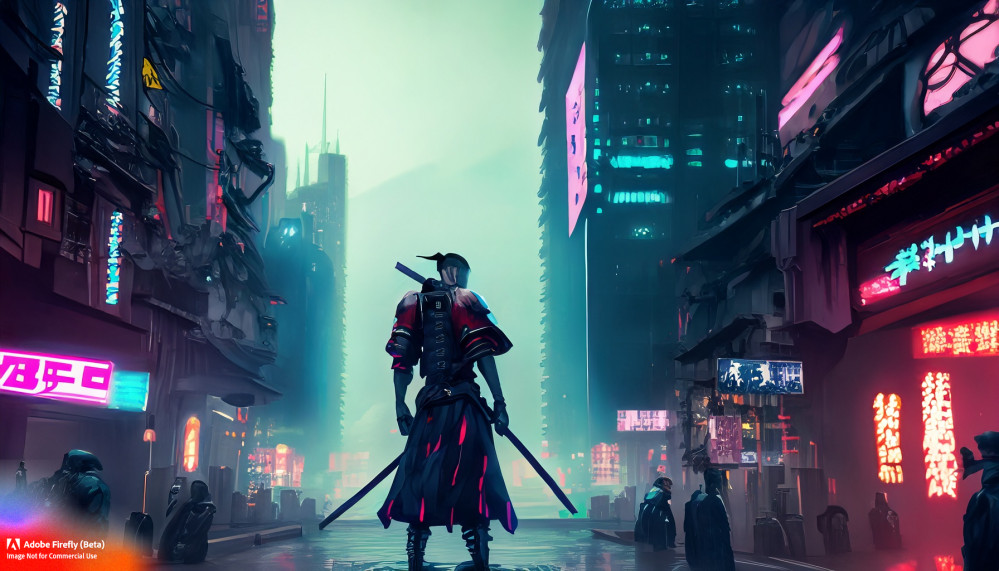
Shanghai 2095 - A game designed with Ai
Shanghai in 2095
By the year 2095, Shanghai is a city under corporate control, where the wealthy and powerful corporations dominate every aspect of life.
Overall, Shanghai is a city controlled by corporations, where the rest of the world is in chaos due to ongoing conflicts and economic collapse. The corporations have taken advantage of the situation to increase their power and control, while the rest of Asia and the world suffer from internal issues related to the loss of the global economy.
The wasteland outside of Shanghai was once a thriving region filled with lush greenery and bustling towns. However, years of conflict and destruction have left the area barren and desolate. The cause of the conflict is still debated among historians, but many believe it was sparked by disputes over natural resources and political power.
As the conflict escalated, the once-beautiful region became a battleground. Bombings, gunfire, and other destructive tactics were used to gain an advantage, leaving the area scarred and devastated. The local population was forced to flee or risk becoming casualties of war.
As the fighting continued, Shanghai became a beacon of technological advancement and economic prosperity. The city’s leaders invested heavily in infrastructure, technology, and innovation, turning it into a futuristic cyber city that attracted businesses, investors, and tourists from around the world.
The wasteland outside of Shanghai was once a thriving region filled with lush greenery and bustling towns. However, years of conflict and destruction have left the area barren and desolate. The cause of the conflict is still debated among historians, but many believe it was sparked by disputes over natural resources and political power.
As the conflict escalated, the once-beautiful region became a battleground. Bombings, gunfire, and other destructive tactics were used to gain an advantage, leaving the area scarred and devastated. The local population was forced to flee or risk becoming casualties of war.
As the fighting continued, Shanghai became a beacon of technological advancement and economic prosperity. The city’s leaders invested heavily in infrastructure, technology, and innovation, turning it into a futuristic cyber city that attracted businesses, investors, and tourists from around the world.
Despite the progress made in Shanghai, the wasteland outside the city remained a stark reminder of the cost of conflict. The land was polluted, and the water and air were contaminated, making it uninhabitable for humans and wildlife. The few who ventured into the wasteland did so at great risk to their health and safety.
Efforts to reclaim and rehabilitate the wasteland have been ongoing, but progress has been slow. Some environmentalists and activists have called for more resources to be dedicated to the cleanup and restoration efforts, arguing that it is a moral imperative to heal the wounds of the past and restore the region to its former glory. However, others argue that the focus should be on the future, and that the resources would be better spent on innovation and development.
Regardless of the debate, the wasteland outside of Shanghai serves as a stark reminder of the devastating consequences of conflict, and the urgent need for peace and cooperation to prevent similar tragedies from occurring in the future.
Downtown Shanghai is a bustling metropolis and a hub for international trade and finance. It is a modern and futuristic cityscape that combines traditional Chinese architecture with modern skyscrapers and high-tech infrastructure. The area is home to a diverse population of locals and expatriates, with many businesses and tourist attractions.
One of the most iconic landmarks in downtown Shanghai is the Oriental Pearl Tower, a towering structure with a distinctive design featuring spherical shapes and a large observation deck. The Bund is another famous area, located along the Huangpu River and known for its colonial-era architecture and scenic views of the city skyline. Nanjing Road, a major shopping district, is also located in downtown Shanghai and is a popular destination for tourists and locals alike.
The streets of downtown Shanghai are crowded with people, cars, and bicycles, and there is a constant buzz of activity. Neon signs and bright lights illuminate the streets at night, creating a lively atmosphere. There are also many restaurants and street vendors selling a variety of foods, from traditional Chinese dishes to international cuisine.
While the downtown area is generally considered safe and well-policed, there are still pockets of crime and areas that are less developed. As with any large city, visitors and locals alike should exercise caution and be aware of their surroundings.

































![TerrainFest 2024! Build Terrain With OnTableTop & Win A £300 Prize [Extended!]](https://images.beastsofwar.com/2024/10/TerrainFEST-2024-Social-Media-Post-Square-225-127.jpg)







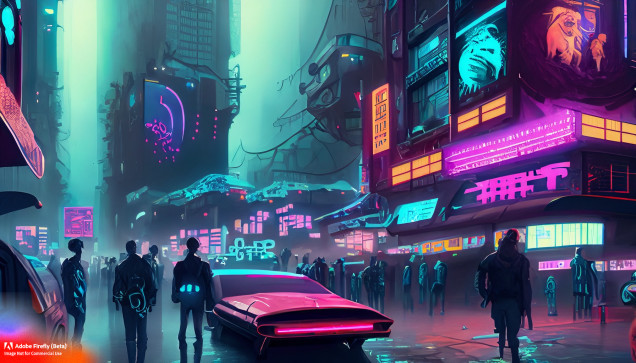
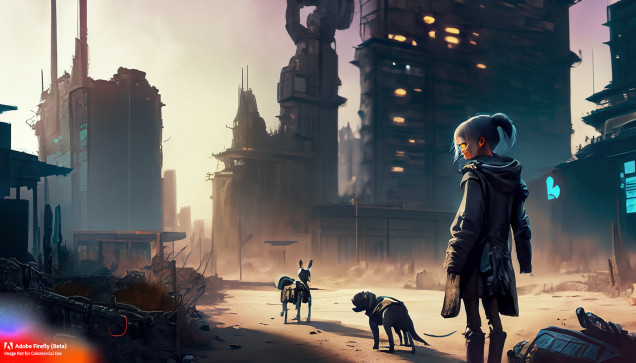

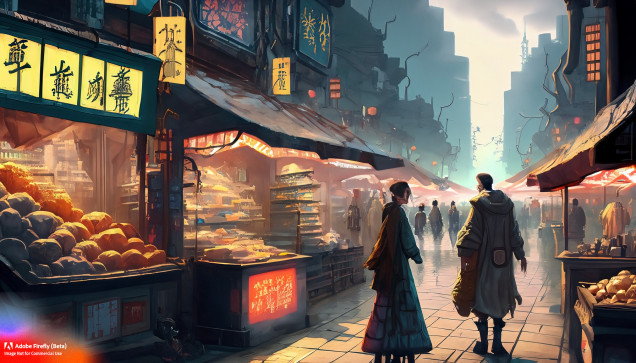
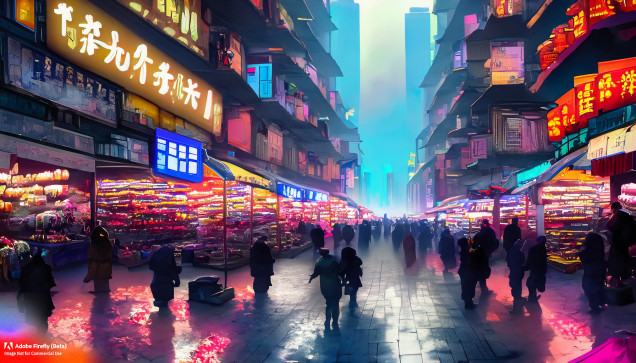

































Leave a Reply